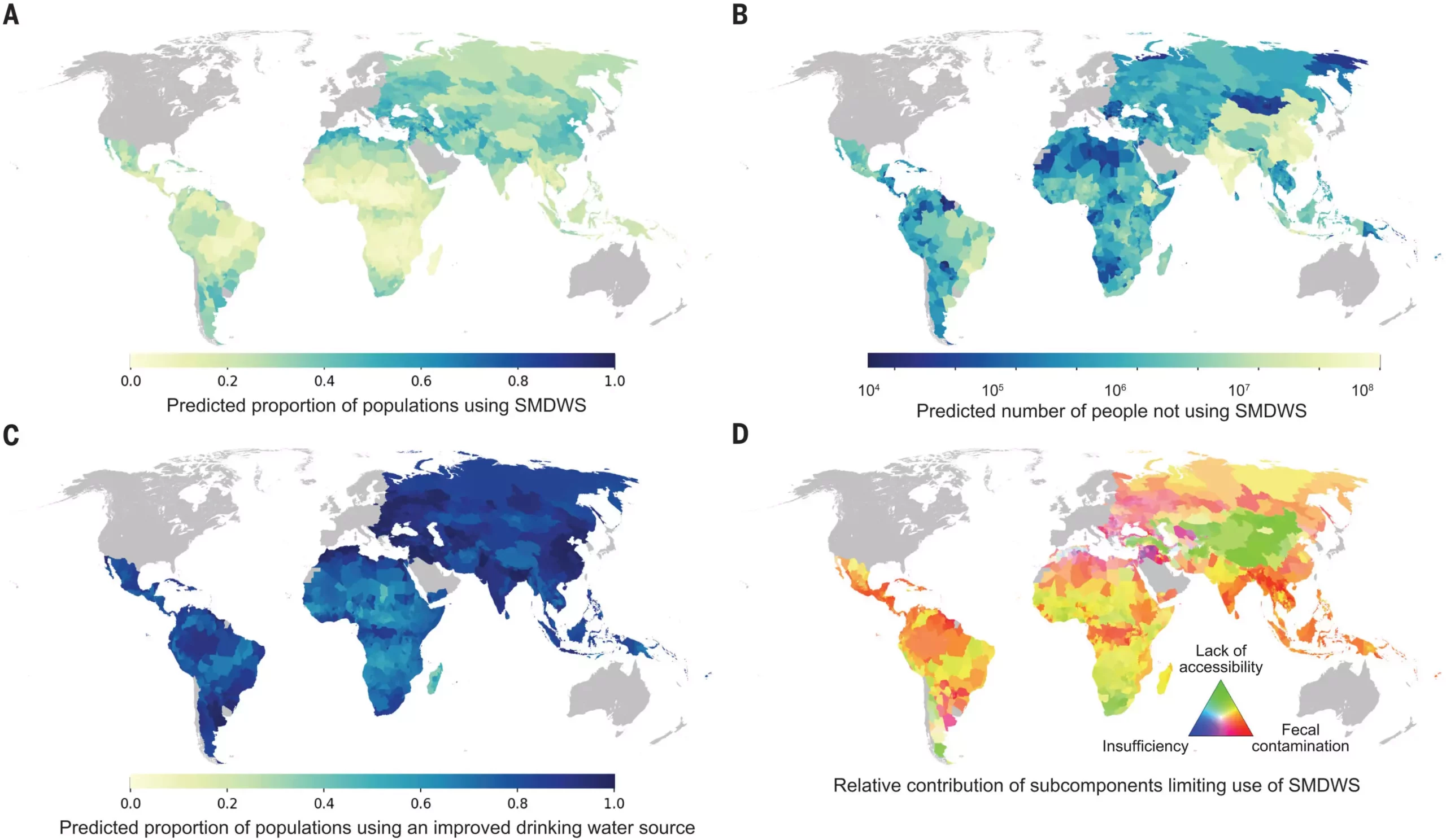A groundbreaking study led by a consortium of environmental scientists has ignited discussions surrounding one of the planet’s pressing human rights issues: access to safe drinking water. While previous estimates had suggested that around 2 billion individuals worldwide suffered from inadequate access, this new research amplifies that figure dramatically, unveiling the disturbing reality that approximately 4.4 billion people—over half of the global population—live without reliable access to safe drinking water. The results, published in the journal *Science*, frame a more daunting picture of water insecurity that necessitates urgent attention.
Rob Hope from the University of Oxford contributed to this newfound understanding by detailing the criteria essential for defining what constitutes ‘safe drinking water.’ This classification hinges on several vital factors: availability, safety from contaminants, and convenience of access. Importantly, safe drinking water must not only be free from bacteria or harmful chemicals—it must also be readily accessible without requiring individuals to undertake extensive journeys. This comprehensive definition paints a clearer picture of the infrastructural and socio-economic challenges tied to water scarcity.
The research team employed an innovative approach to quantify global water access, constructing a sophisticated computer simulation that analyzed environmental data and survey responses from approximately 65,000 households across 135 countries. This method allowed the scientists to generate detailed maps illustrating where safe drinking water was available and where it was alarmingly absent. By juxtaposing their findings with UNICEF data, they succeeded in deriving a sobering estimate that encapsulates the degree to which water deprivation permeates numerous regions around the world.
The findings reveal a stark geographic disparity in access to safe drinking water. The greatest concentrations of individuals without safe water are located primarily in South Asia, sub-Saharan Africa, and East Asia—regions that face unique challenges, including inadequate infrastructure and persistent contamination issues. The research underscores that these hurdles are not just incidental but significantly hinder efforts to ensure equitable access to one of the most essential human needs.
As the conclusions of this study become clearer, it is vital for policymakers and international organizations to consider these new metrics when planning interventions. Understanding the nuanced barriers to safe drinking water access will be critical in designing targeted solutions that account for both infrastructural deficits and public health imperatives. This study serves as a call to action, urging global leaders to recommit to water security initiatives that prioritize marginalized communities.
This research amplifies the conversation around water access, urging a reassessment of existing frameworks. If the global community is to make true progress in combating water insecurity, it must adhere to a more comprehensive understanding of what ‘safe drinking water’ entails, reflecting the complexity and urgency of the issue at hand.

